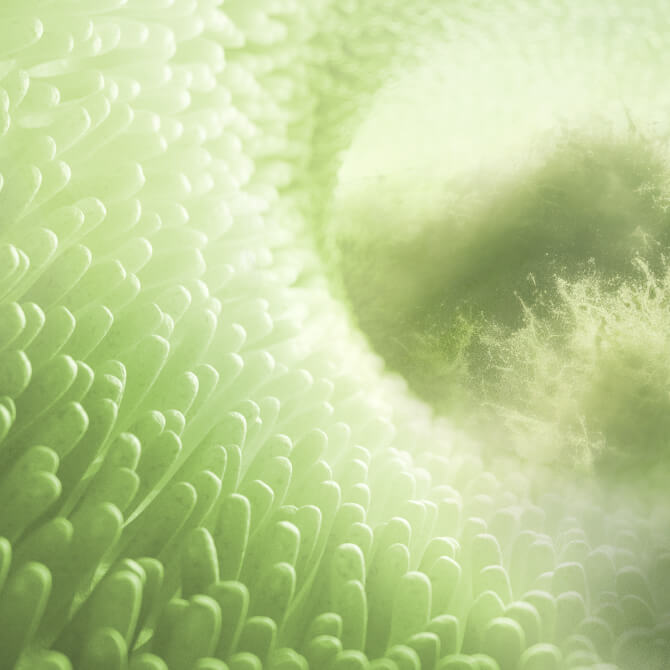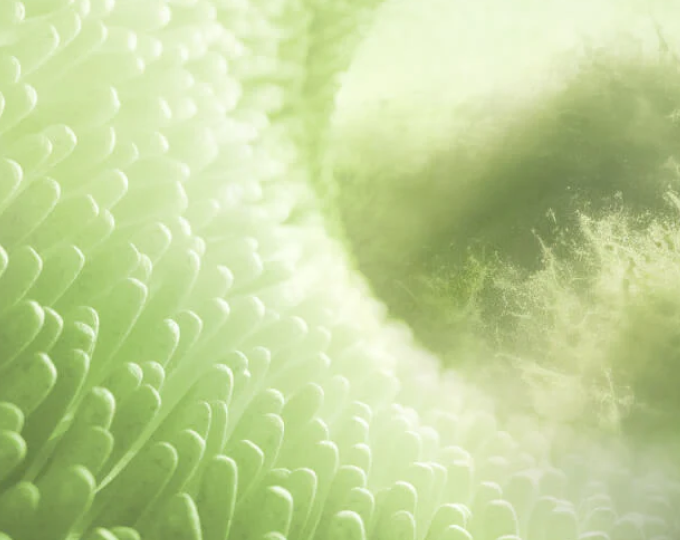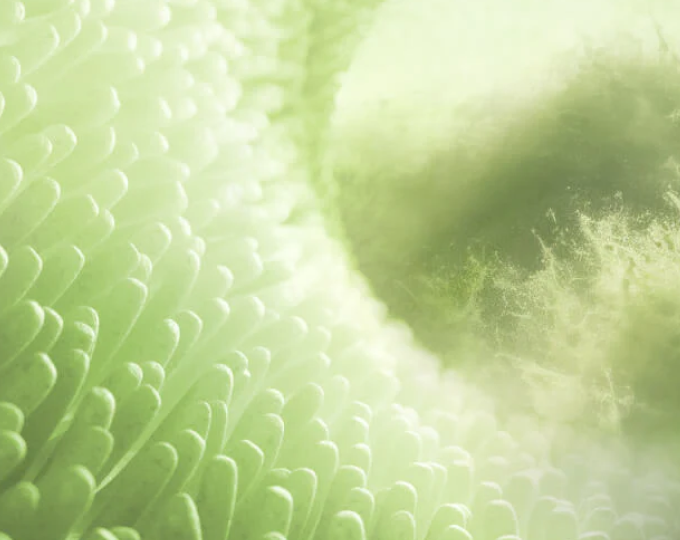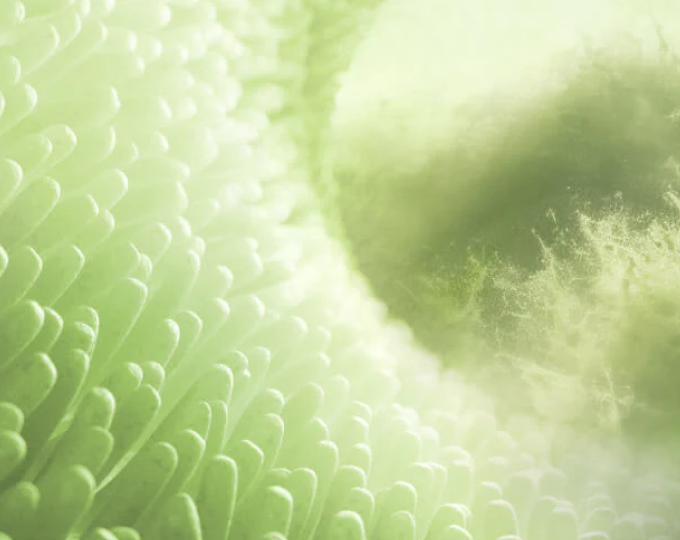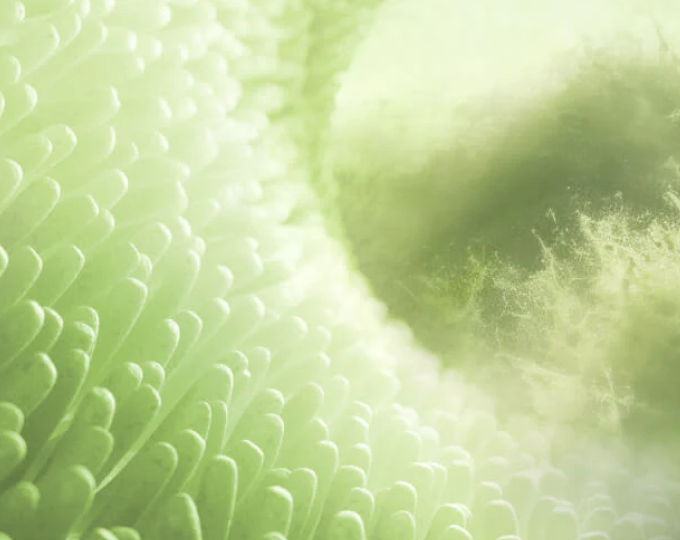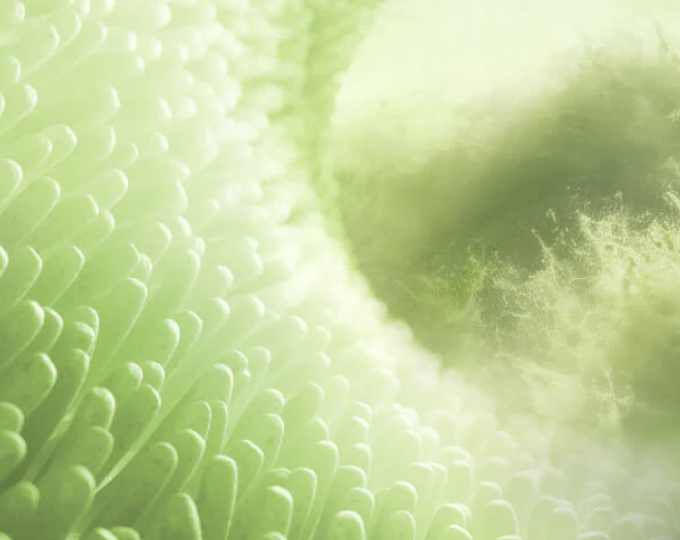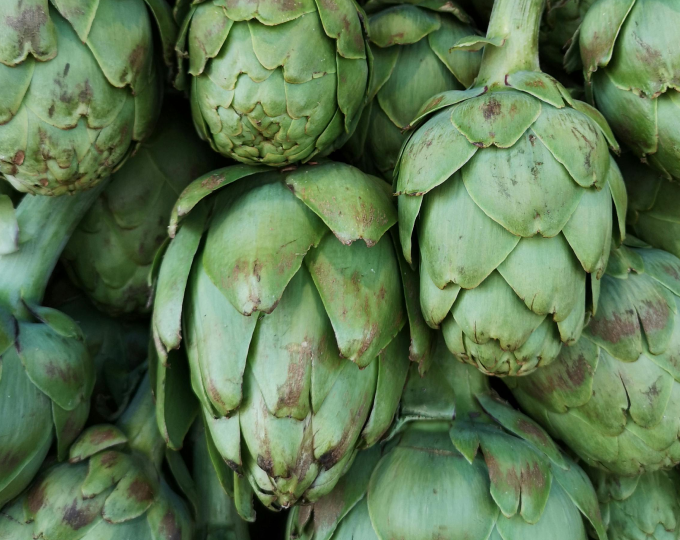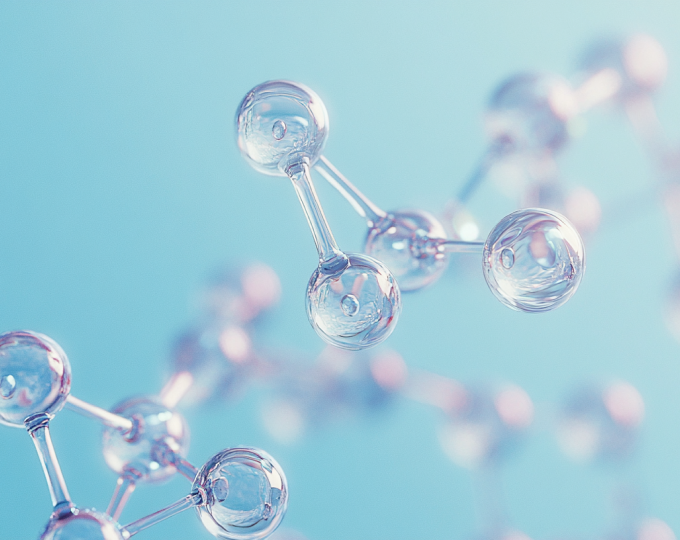Themen dieses Blogartikels:
Table of contents
- From preparation to biofilm refresh – this is how your intestinal cleansing succeeds
- Why “rehabilitation” is necessary: Mucus, biofilm & why juice treatment alone is not enough
- Is colon cleansing really useful, a myth or a necessity?
- How long does a colon cleanse actually take?
- Preparation: How to start smart
- What do I need for the colon cleanse?
- 1. Basics for a 3-day renovation
- 2. For the build-up (days 4–10)
- 3. Our MITOTip on taste & everyday suitability
- Part 1: Your 3-day schedule – step by step
- Daily rhythm (day 1-3)
- Troubleshooting – typical stumbling blocks quickly resolved
- Checklist to tick off – everything there?
- Mix & Match: Drink and recipe ideas without fiber
- Part 2: Intestinal structure – crucial for effectiveness and immune system
- How to build correctly
- Sample development plan (days 4–10) – practical & progressive
- Gut health & mental balance – how your gut influences your well-being
- Gut health & exercise – exercise as a booster for your gut
- Extra tip / bonus: Now is the perfect time…
- Scientifically supported “why”:
- Intestinal cleansing & immune system: What does research say?
- The most important thing for you
- Extra motivation: Now is the perfect time for new habits
- Conclusion: Start now – for a healthy gut & strong immune system
- FAQ – short, clear, practical
- Sources & Bibliography
From preparation to biofilm refresh – this is how your intestinal cleansing succeeds
Want to give your digestive system a fresh start – without hardcore fasting, but with a plan? Perfect. Here you'll find practical instructions for a short, structured rehabilitation phase and – more importantly – the right approach.
Because: A colon cleanse is only as good as what comes afterward. After the cleansing, your colon is "emptied." If you don't rebuild it in a targeted manner , you'll miss out on the benefits – and potentially even weaken your barrier and immune system.¹,²,⁷
The terms 'intestinal cleansing' and 'intestinal cure' are often used synonymously and both describe a structured treatment consisting of several phases aimed at restoring the microbiome and supporting intestinal health.
Why “rehabilitation” is necessary: Mucus, biofilm & why juice treatment alone is not enough
Your intestine is protected by a two-layered mucus layer . The inner layer lies directly on the intestinal wall and is virtually free of bacteria; the outer layer harbors microorganisms of your microbiome.¹ An intact intestinal mucosa plays a key role : It protects the intestine, supports nutrient absorption, and contributes to strengthening the immune system. If this system gets out of sync (fiber deficiency, stress, ultra-processed food), dense biofilm structures can form – sticky matrices in which microbes survive better. Studies have shown that such mucosa-associated biofilms are more common in certain disorders.², ³, ⁴
The upshot for you: "Just eating healthier" or a pure juice cleanse often won't reach these structures. Only a short, planned reset (without coarse fibers, with targeted fluids and mucilage-rich components like okra) helps to "clean up" – and after that, you need food for the good bacteria (prebiotics, fermented foods, various fiber mixes) as well as live cultures.¹ ,² ,⁵, ⁶ ,⁷, ¹¹
Is colon cleansing really beneficial? Myth or necessity – who benefits and when?
Honest answer: It depends on the starting position and consistency in the build-up. When is colon cleansing advisable? Colon cleansing is particularly recommended when the balance of the intestinal flora is disturbed, for example, after antibiotics, persistent digestive problems, or after a prolonged low-fiber diet.
A short renovation makes sense if you…
- have been eating a low-fiber diet for a long time,
- had a lot of stress/shift work,
- you feel “constantly bloated”/sluggish,
- after antibiotics you can't find your center.
But: Without a development plan, you risk an undernourished mucous layer , patchy colonization, and an irritated barrier.¹ ,², ⁷
How long does a colon cleanse actually take?
The core phase typically lasts 3 days. However, the exact duration of a colon cleansing program can vary from person to person and depends on individual factors. If your doctor/therapist recommends more time for individual reasons, follow that. The build-up phase should take at least 7–10 days – the more consistently and varied your diet, the more lasting the effect. (Please consult your doctor if you have any pre-existing conditions or are taking medication.) Our MITOcare customer service team will be happy to assist you if you have any questions.
📞 Service hotline: +49 89 248 8163-0
✉️ Or by email: info@mitocare.de
Preparation: How to start smart (without throwing yourself out of your daily routine)
Plan for 3 renovation days plus 7–10 setup days . Good preparation = half the battle.
7 days before (soft start):
- Reduce caffeine slowly (prevent headaches).
- Cut down on alcohol and ultra-processed snacks.
- Increase fluid intake (water, herbal tea).
- First “quiet” meals: steamed vegetables, rice/potatoes.
- A targeted nutrition plan is part of the intestinal cleansing process and should be integrated into the preparation to optimally support the intestinal flora.


2–3 days before (light mode):
- Eat easily digestible foods: soups, broths, softly cooked vegetables, low in fat.
- No coarse fibers (kernels/shells) – so that you can work really “cleanly” during the 3 days.
- Plan your daily routine: work from home or avoid long trips; gelatinous mucus in your stool is normal—it's part of the process.
- The preparation and the actual renovation consist of various processes that build on each other and each have different priorities.
Mindset tip: Define 2–3 non-negotiables (e.g., "2 liters of water per day," "evening screen break," "10-minute walk"). Consistency beats perfection.
Preparation
What do I need for the colon cleanse?
1. Basics for a 3-day renovation:
- Okra powder (plant mucilage; thickens quickly, so drink immediately )
- Low-carbohydrate, clear liquids without fiber: herbal tea, clear vegetable/bone broths, sugar-free organic iced teas, clarified juices (without pulp)
- Shaker/glass, measuring spoon , electrolytes if necessary
- Hot water bottle and comfortable clothing
2. For the build-up (days 4–10):
- Prebiotics: inulin, oligofructose
- Resistant starch: cooled potatoes/rice (RS2/RS3)¹⁰
- Probiotics (multi-strain, daily intake)
- Fermented foods in mini portions: sauerkraut juice, mild kimchi, kefir
- Fiber booster : finely ground psyllium husks
- Colorful, soft-cooked vegetables , herbs, high-quality fats
This phase is often referred to as a gut cleanse because it specifically aims to restore a healthy intestinal flora and a balanced microbiome.
3. Our MITOTip on taste & everyday suitability:
How to mix okra, vary flavors, and stick with it:
- Play with flavors (lemon, ginger) , rotate so that no taste gets on your nerves.
- Sugar-free organic iced tea is also a good option in the afternoon. No fiber particles.
Part 1 - Renovation:
Your 3-day schedule – step by step
Daily rhythm (days 1–3):
Morning
- 1 large glass of lukewarm water.
- Okra mixture in a cool drink (drink quickly).
- Optional: ginger or herbal tea.
Morning / Afternoon
- Rotate liquids: broth → water → clarified juice → organic iced tea.
- Mini breaks, light exercise (10–20 min walking).
- Reduce screen time (shut down your nervous system).
At evening
- 2. Portion of okra mixture.
- Warmth on the stomach, go to bed earlier (7–8 hours sleep).
- Here's how to tell if it's working: Gel-like mucus plus stools, mild fatigue/headaches (especially with caffeine withdrawal). Drinking water, electrolytes, and rest help.
Discontinue treatment and seek further clarification if: severe, persistent abdominal pain, blood in the stool, fever, circulatory problems.
Advertisement
- Practical 4-day pack for your reset
- Easy to use with guide including nutritional tips during the treatment
- Wake-up shake, meal shake, snack shake & night shake
- High fiber source
- With over 10 plant substances and enzymes
- With vitamin A, okra powder, omega-3 powder, chlorella pyrenoidosa and much more.
- 100% derived from natural raw material sources

Troubleshooting – quickly solving typical stumbling blocks
- Nausea → Drink cooler, smaller sips, ginger tea beforehand.
- Cravings → distribute broths/clear juices, take a 5-minute breather, and take a short walk.
- “Head cinema” → warm shower, hot water bottle, gentle stretching, avoid blue light in the evening.
- Constipation tendency → increase fluid intake, gentle exercise, warm water in the morning.
- Feeling cold → broths, socks, hot water bottle; metabolism is currently "on a low" level.
If symptoms persist, additional help through proven home remedies or targeted therapeutic measures may be useful.
Checklist to tick off – everything there?
- Okra powder
- Clear juices without pulp
- Sugar-free organic iced teas
- Herbal/ginger tea
- Clear broths
- Shaker/glass, measuring spoon
- Electrolytes
- Hot water bottle • Calendar blocker (3 days)
- Shopping for the building menu (inulin/oligofructose, resistant starch sources, fermented foods, soft vegetables)
Mix & Match: Drink and recipe ideas without fiber
To avoid getting sick of the taste, rotate:
- Citrus fresh mix: clear orange juice (without pulp) + squeeze of lemon.
- Beetroot-Apple (clarified): Fiber-free juice; mild, easy to drink.
- Ginger shot light: Clear brewed ginger tea + a touch of honey (if tolerated).
- Savory option: Clear vegetable or bone broth (strain, no chunks).
- Afternoon: Sugar-free organic iced tea (without fiber), chilled.
Pro tip: Stir okra powder into a cold drink and drink immediately —the longer you wait, the more gel-like it becomes.
Intestinal structure – crucial for effectiveness and immune system
After the bowel movement, your intestines are empty. The intestinal flora plays a central role in digestion, immune defense, and the production of important vitamins. If you don't specifically build it up, the colonization remains patchy, the mucous layer is undersupplied – and your barrier and immune system suffer.¹, ², ⁷
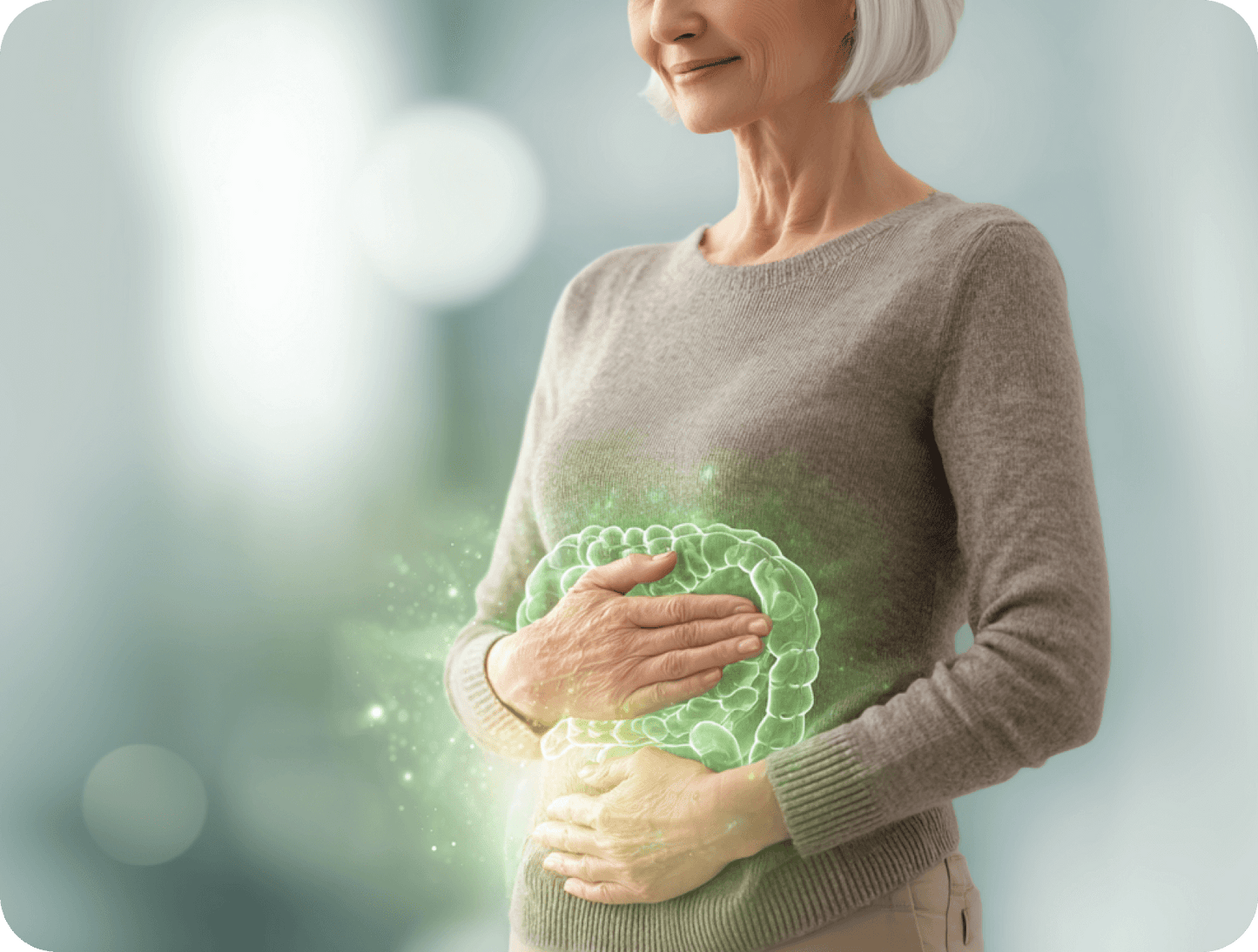

Part 2: Structure
How to build properly
1) Prebiotics – Food for the good guys
Goal: Feed a varied diet. Proven: Inulin, oligofructose , and later resistant starch . This supports butyrate producers , strengthens the mucous layer, and epithelial energy.⁶, ⁷, ¹⁰, ¹¹
2) Probiotics – live cultures
Take daily, rotating between different strains . Probiotics can modulate barrier functions and immune signaling ; meta-analyses show benefits, for example, in antibiotic-associated diarrhea.⁸
3) Fiber – increase slowly
Softly cooked vegetables, finely ground psyllium husks , and later, pulses. Fiber increases short-chain fatty acids (SCFAs) – important for anti-inflammatory effects and T-cell balance.⁷ ,¹¹
4) Fermented foods – diversity & inflammation modulation
Mini portions (1–2 tablespoons of sauerkraut juice, ½ glass of kefir). In a randomized study, fermented foods increased microbial diversity and reduced inflammatory markers.⁵
5) “Biofilm Aftercare Kit”
In practice, a combination of aftercare has proven successful:
- Prebiotic mix (inulin/oligofructose + resistant starch),
- polyphenol-rich plant substances (e.g. berries, green tea catechins) for microbial signaling,
- mild enzymes (as a companion to the diet)
– to stabilize the new balance (particularly useful in cases of “stubborn” disease/SIBO history; seek medical advice).
In short: First eliminate , then feed wisely – this is how you nourish mucus, stabilize the barrier and give the “good guys” a head start.¹ ,² ,⁶ ,⁷
Part 2: Structure
Sample development plan (days 4–10) – practical & progressive
Day 4–5 – gentle introduction
- Steamed zucchini/carrots, mashed potatoes/rice, clear broth.
- Test ½ teaspoon of inulin or oligofructose (increase slowly).
- Probiotics (multi-strain), 1 capsule per day.
- 1–2 tablespoons of sauerkraut juice only if histamine-tolerant.
Day 6–7 – Increase diversity
- Incorporate resistant starch (cooled potato/rice salad).¹⁰
- Psyllium husks (fine) ½–1 tsp in water, drink well afterwards.
- Colorful, soft-cooked vegetables, herbs, 1–2 tablespoons of mild ferment.
Day 8–10 – stabilize
Rotate probiotic strains.
- Test pulses in small quantities when cooked soft .
- 1 “colorful plate” per day: 4–5 vegetable colors, chew thoroughly .
- Take sleep and stress balance seriously (vagus activation: walking after eating, calm breathing).
Note on intolerances:
- Histamine → ferments very carefully, especially test sauerkraut juice in small amounts.
- FODMAP/fructose → start with resistant starch , slowly test inulin/oligofructose.
- Gluten → leave out initially and check individually.
Advertisement
- Rebuild package: Aftercare & rebuild after the reset
- Daily routine for the gut and immune system
- Flora Balance with 27 probiotic bacterial strains
- Flora Stabil with 30g fiber & 14 plant substances, for the intestinal flora and the microbiome
- Phytobiose Total with 11 other valuable plant substances for the immune system
- Developed with doctors & experts
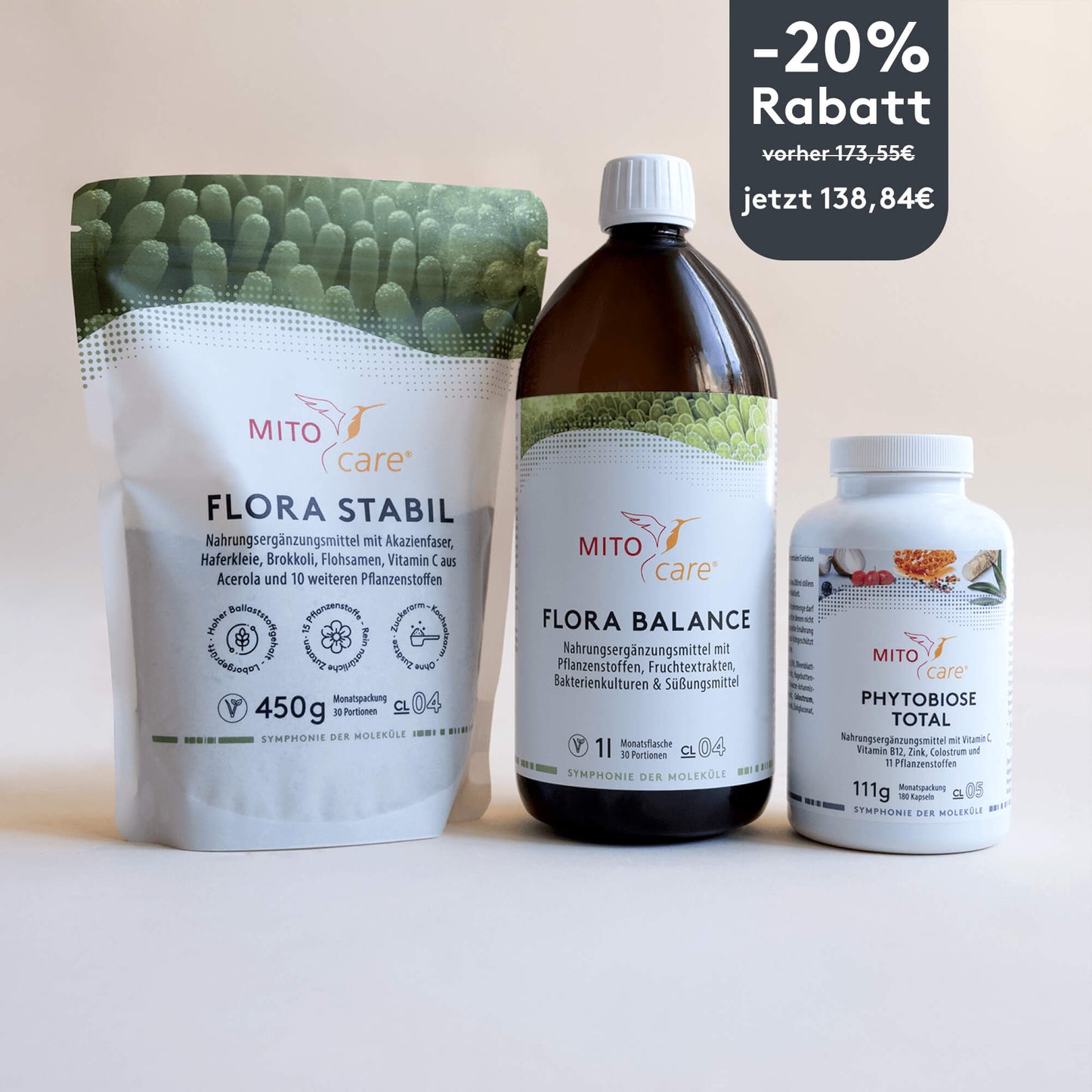
Gut health & mental balance – how your gut influences your well-being
Your gut and your mind are true team players: The so-called gut-brain axis ensures that your intestinal flora and your mental balance are closely connected. A healthy gut supports the production of important neurotransmitters like serotonin and dopamine, which contribute significantly to your well-being. Gut cleansing can help strengthen your intestinal flora and thus positively influence your mood. But at least as important is a varied, gut-friendly diet rich in fiber, prebiotics, and fermented foods. This creates the best conditions for stable intestinal health and balanced well-being.
Gut health & exercise – exercise as a booster for your gut
Exercise is a real booster for your gut health! Regular exercise not only gets your circulation going, but also promotes natural intestinal activity and supports a diverse intestinal flora. Even moderate exercise such as walking, cycling, or yoga can stimulate digestion and improve balance in the gastrointestinal tract. Combine exercise with a balanced diet rich in fiber, prebiotics, and fresh foods – this way, you create the best conditions for healthy digestion and a strong sense of well-being. Exercise also helps reduce stress, which could otherwise negatively impact your gut flora. Make sure to choose easily digestible meals before exercise to optimally support your body and avoid putting strain on your gut. With the right mix of exercise, nutrition, and relaxation, you can take your gut health and well-being to a new level!
Extra tip / bonus: Now is the perfect time…
Change your diet: anti-inflammatory, low-irritation; lots of vegetables/herbs, high-quality fats, and little sugar/ultraprocessed foods. Many people desire greater well-being and healthy digestion, which motivates them to take targeted measures such as intestinal cleansing.
- Take intolerances seriously: Don’t “ignore” histamine /gluten – test gradually.
- Slow food build-up: small portions, chew well, prepare gently (steamed, soft-boiled).
- Establish routines: 12-hour night break, 10-15 minute walk after eating, 1 mini portion of ferment per day.
- Exercise and sleep as “microbiome hacks”: exercise moderately regularly, prioritize 7–8 hours of sleep (both have a positive effect on the gut and immune system).⁵, ⁷, ¹¹, ¹³
Set yourself 3 simple rules for 4 weeks – better small and consistent than big and fragile.
Scientifically supported “why”:
- Diet changes the microbiome rapidly – within 1–2 days, the composition switches measurably (animal vs. plant-based diet).¹³ Various causes such as stress, medications (e.g., antibiotics), an unbalanced diet, or infections can trigger disturbances in the intestinal flora and lead to symptoms such as constipation, diarrhea, or flatulence.
- Fermented food increases diversity and lowers inflammatory markers.⁵
- Fiber/prebiotics promote SCFA (especially butyrate) → energy for epithelial cells, anti-inflammatory T-cell profiles.⁷,¹¹
- Probiotics show robust effects in meta-analyses, e.g., against antibiotic-associated diarrhea; there is also evidence of fewer respiratory tract infections.⁸,⁹
Conclusion: A short, clear rehabilitation + consistent build-up can be an effective restart – not a promise of a miracle, but a window that you can use with smart nutrition and routines.⁵, ⁶, ⁷, ⁸, ¹¹, ¹³
Advertisement
- Reset & Rebuild Package
- Gut Friend: Practical 4-day pack for your reset
- TaGa Mix with Tagatose & Galactose
- Dysbiosan with over 24 strains of effective microorganisms
- Flora Balance Immun with 8 strains of bifidobacteria and lactobacilli
- Flora Stabil with 30g fiber & 14 plant substances, for the intestinal flora and the microbiome
- Phytobiose Total with 11 additional plant substances for the immune system
- Developed with doctors & experts

Intestinal cleansing & immune system: What does research say?
- Mucus barrier counts: The inner mucus layer is free of bacteria and protects the intestinal cells – if it is “starved” (fiber deficiency), the barrier becomes vulnerable.¹,²
- Fiber → SCFA → immune signaling: More prebiotic substrates → more SCFA → anti-inflammatory effects, better T-reg balance.⁷,¹¹
- Fermented foods: Increase diversity, reduce several inflammatory markers – proven in human RCTs.⁵
- Probiotics: Meta-analyses demonstrate clinical effects (e.g., AAD prevention), evidence of systemic immune modulation.⁸,⁹
- Resistant starch & diversity: RS2/RS3 alter the microbial composition – important for long-term stability.¹⁰
The most important thing for you:
Microbiome care is immune care. And that starts with what you eat every day—plus sleep, stress management, and moderate exercise.⁵, ⁷, 1¹, 1¹³ Targeted intestinal cleansing can help restore the microbiome's natural balance.
Extra motivation: Now is the perfect time for new habits
The renovation is your reset button . Use this window to simplify habits: set meal times, mindful chewing, small portions during the recovery week, and plenty of sleep. List two or three "non-negotiables" (e.g., a screen break in the evening, a 10-minute walk every day, and one new vegetable per week). Consistently starting small beats "a perfect start."
Conclusion: Start now – for a healthy gut & strong immune system
Better early than sick – get your gut in shape.
The process is simple: 3 days of detoxification, then 7–10 days of consistent build-up. No extremes, just a smart sequence and sensible building blocks :
- Remediation with okra & clear liquids (without fibers) → “tidy” start.
- Build up with prebiotics + probiotics + fermented food → nourish mucus, stabilize barrier, balance immune signals.¹, ², ⁵, ⁶, ⁷,⁸, ¹¹, ¹³
- Plus sleep & stress balance , moderate exercise and a colorful, soft-cooked vegetable mix.
If you have individual issues (intolerances, medications, diagnoses), seek medical advice and then address them. Your stomach will thank you – with more peace, better energy, and a noticeably more stable core.
FAQ – short, clear, practical
- Can I work normally during the 3 days?
Yes. Plan breaks and work from home if possible. Avoid travel and important meetings. - Sport?
Light walking/mobility is great. Slowly increase intensity starting on day 4. - Coffee?
Avoid if possible during the 3 days; then reintroduce slowly . - How do I know that it “works”?
Gel-like mucus + bowel movements, subjective feeling of "lighter." Then, in recovery: smoother digestion, better satiety. - Medication/illness/pregnancy?
Please consult your doctor beforehand . This guide is not a substitute for medical advice. - How can intestinal cleansing help irritable bowel syndrome and irritable bowel syndrome patients?
Colon cleansing can support the balance of the intestinal microbiome and alleviate symptoms in patients with irritable bowel syndrome. Targeted measures such as colon cleansing and establishing a healthy intestinal microbiome can positively influence the symptoms of irritable bowel syndrome. - Does colon cleansing help with weight loss or weight regulation?
Colon cleansing can promote the balance of intestinal flora and thus positively influence digestion and weight. Many people report improved satiety and weight regulation after a colon cleanse. - How can intestinal cleansing help with infections and allergies?
Infections, especially those caused by pathogens such as bacteria, can disrupt the gut microbiome. Gut cleansing can help restore balance. Supporting a healthy gut can also be helpful in cases of allergies, although scientific evidence is limited. - What is leaky gut and how does it relate to intestinal cleansing?
Leaky gut refers to increased permeability of the intestinal mucosa. Intestinal cleansing can help strengthen the intestinal barrier and promote intestinal health.
This article is based on carefully researched sources:
